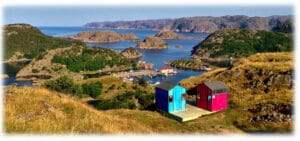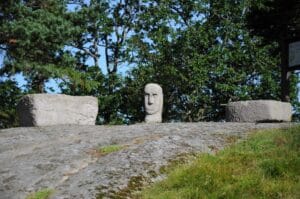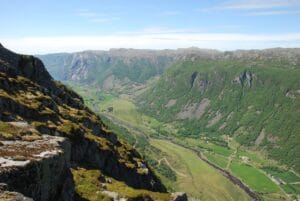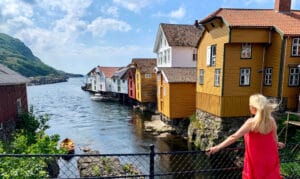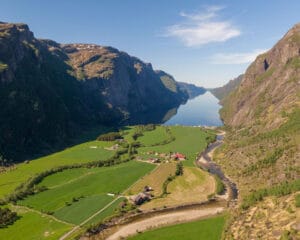
Stoplesteinane & St. Olavs vei
Stone circle from the Iron Age in Eigersund, easy walk
Culture and history
Stoplesteinane er en steinsirkel som ligger på toppen Skårabrekkå; på landet som tilhører Årstad gård. Navnet har sannsynligvis sammenheng med gammelt norrønt språk, og henviser til staver eller stabler.
Stoplesteinane består av 16 stående steiner i en sirkel med en diameter på ca. 21 meter. De høyeste steinene stiger ca. 1,2 meter over bakken. Ifølge legender er Stoplesteinane et sted fra vikingtiden, det vil si perioden 800-1000 e.kr. Studier av lignende steinformasjoner i Norge og Nord-Europa viser imidlertid at disse kan være graver fra slutten av bronsealderen til slutten av den gamle jernalderen, dvs. mellom 500 f.kr. og 600 e.kr. Formålet med, og mer nøyaktig informasjon om disse bosetningene, forblir fortsatt et mysterium.
"The inner riding road" or "St. Olavsveien" which runs between Egersund and Sokndal passes by Stoplesteinane. According to the legend, Olav the Saint sailed from the north, when he was supposed to avoid his enemies at Egersund. He therefore sailed his ship over land and split the rock with his keel.
According to the legend, he came sailing in from the sea right on Eigerøy at Kompåsen, where the schooner put her nose high in the air and then ducked down and went across the strait. Then the boat went up Kveldskaret and down across Årstaddalen, then up Skårabrekka and to Skåra. From there he set a course due south-east, up and down at a furious speed. On both sides of the valley one can still see some large round mounds, which are solidified waves from his journey.
How to get there?
Parkering: Fra Egersund følger du RV 44 mot Hauge i Dalane. Kjør forbi Bohus (kjøpesenter) og ta neste avkjørsel på venstre side av veien. Gå mot nord og følg grusveien opp bakken. Gå gjennom grinden, og følg det naturlige tråkket opp til Stoplesteinane.
Tilgjengelighet: Lett, men bratt gåtur til Stoplesteinane.
Duration: approx. 20 minutes
Show consideration:
Parks in the parking lot, and show respect for the private land.
Pay attention to the animals along the route.
Remember to close gates behind you.
Dogs must be on a leash.
Leave only footprints!
Besøk Stoplesteinane & St. Olavs vei
Category:
Active, Egersund, Geopark, Magma Geopark Sites, Suggestions
Other experiences in Magma Geopark
See more experiences in Magma Geopark
